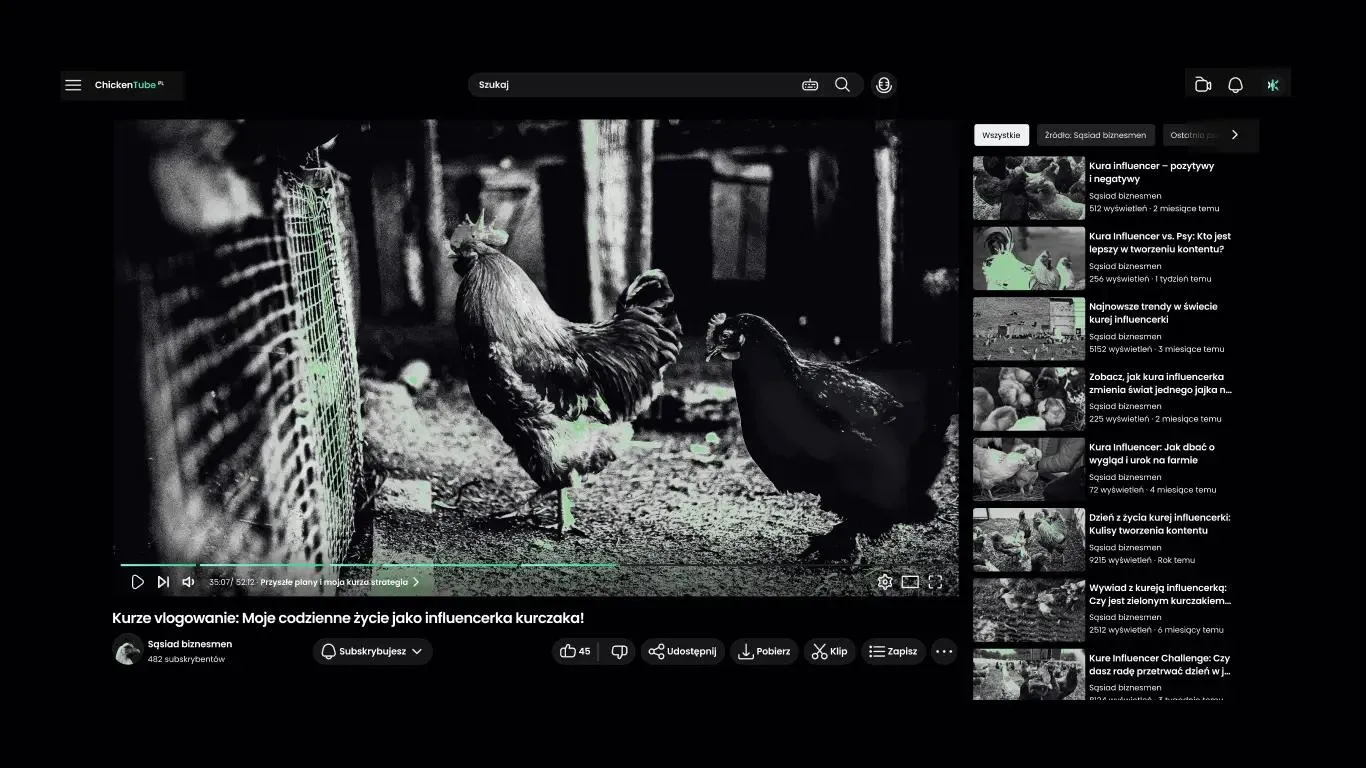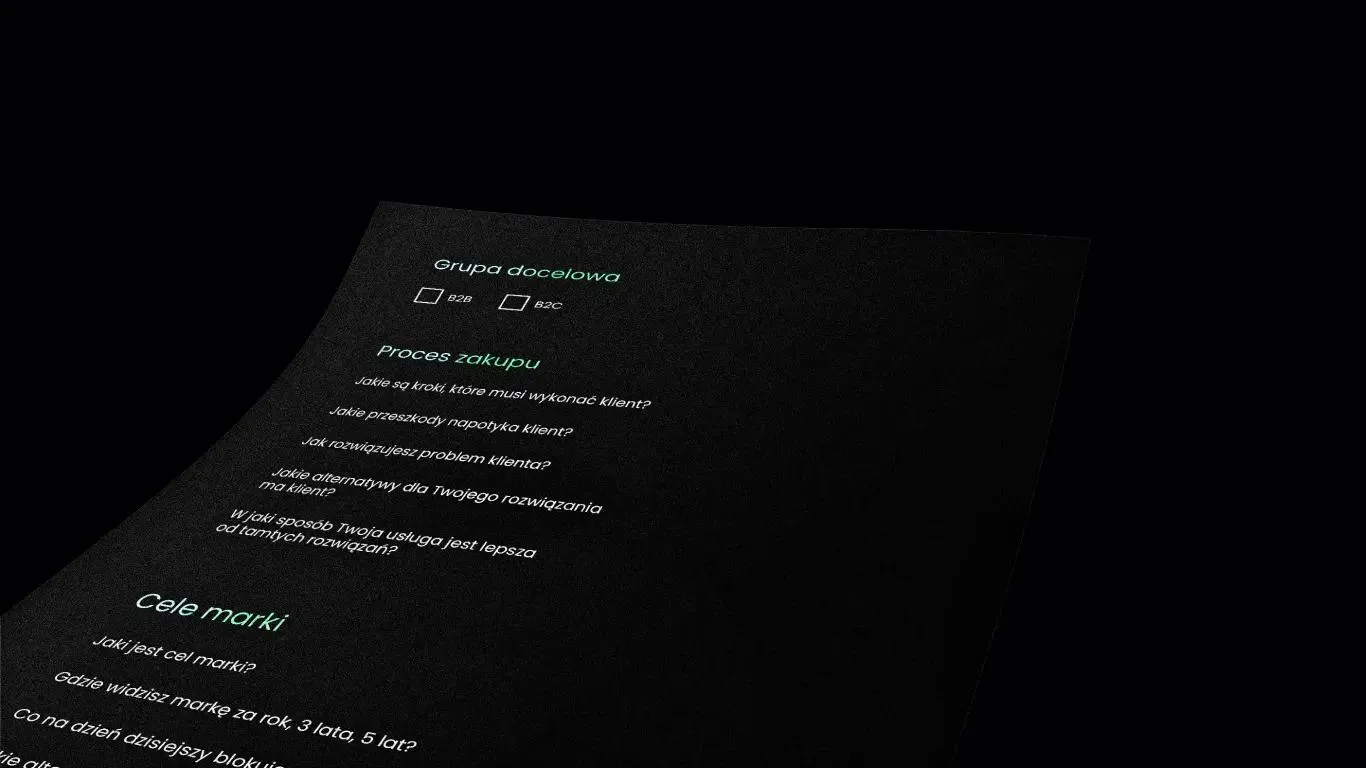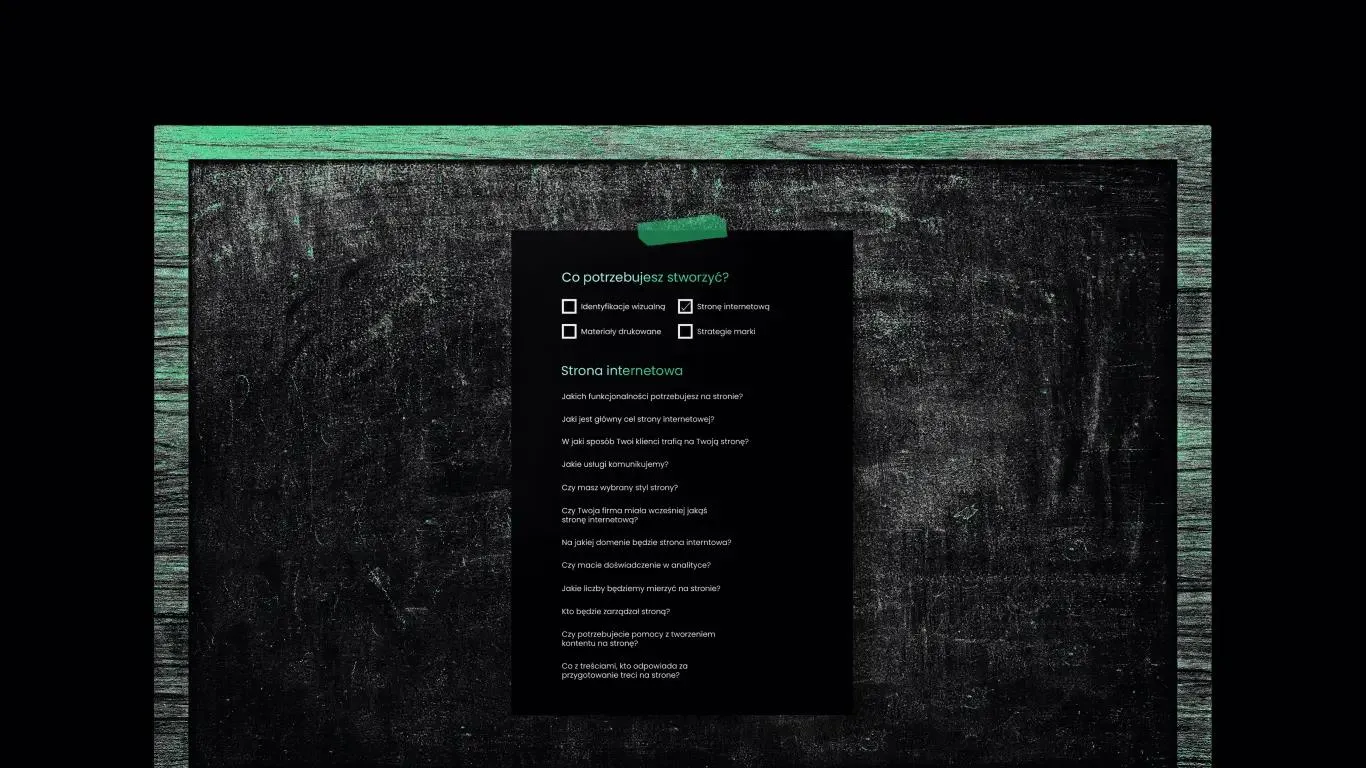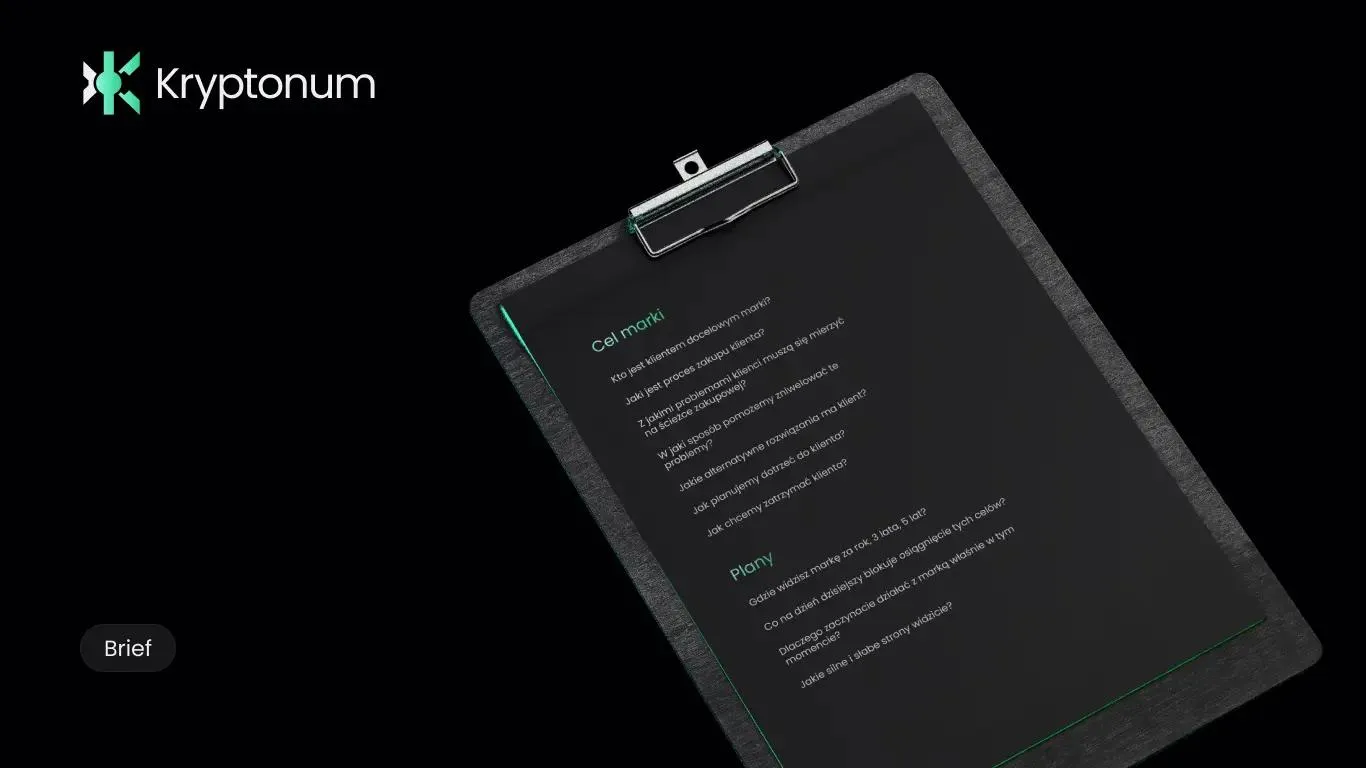You’ve got the idea, the budget, and the deadline. But how do you make sure your agency really gets what you mean?
That’s where the brief comes in – an unassuming little document that can determine the success (or failure) of the entire collaboration. In this article, we’ll show you exactly what a creative brief is, why it’s so important, and how to write one so clear that no one has to guess “what the author had in mind.” No fluff, no filler – just solid advice and a pinch of common sense.
❧ What Is a Brief? Your Project Compass
A brief is a document sent by the client to the agency. It’s essential for any creative, advertising, or marketing project because it outlines the client’s needs and expectations.
❧ A Short Story About the Consequences of a (Not-So-Good) Brief
✍ How to write a good brief?
Here comes the secret ingredient to success: the art of asking the right questions.
Why? Because some questions you simply can’t ask yourself. Lack of experience, bias, or being too close to the project can make you blind to certain issues. And don’t even think about asking your neighbor who “knows business” – unless his business happens to be running a farm.
Respect to the man, but does he have a website? And are his chickens trending online? 🐔

Sure, he means well, but his advice might do more harm than good if he:
- has no experience running an online business,
- doesn’t know your clients’ pain points and challenges,
- has never completed a digital project,
- doesn’t understand your business’s strengths,
- or simply doesn’t get your industry.
Trying to grow an online business without asking the right questions is like running around with an empty wheelbarrow and wondering why your house isn’t getting built. 🏠
Don’t frustrate your builder – just pour the concrete in! Here’s your treasure chest of knowledge for creating the perfect brief. With these questions, your wheelbarrow is full, your builder’s happy 👷🏻♂️, and your business foundations are strong and steady.

❧ How to Write a Creative Brief for an Agency: The Right Way
The information in your brief should be thoughtful and specific – but that doesn’t mean it should be three pages long. Keep it short, sharp, and to the point. The best brief captures the essence of your brand – the details can come later.
Before writing it, make sure you’ve gathered all the essential information. A great brief requires a solid understanding of your business and its needs. In short, it’s a concise summary that clearly explains your brand, your goals, and the message you want to communicate.
You should also include details about your budget, strengths and weaknesses, and any other activities that support your business objectives. Don’t forget to define your persona – your ideal customer representing your target audience. To get the full picture, the agency might ask for extra materials like your logo or brand visuals.
A strong brief isn’t just a template – it’s a communication tool. Be honest about what’s not working in your brand. The more open you are, the better the agency can understand your needs, avoid misunderstandings, and create a campaign that truly hits the mark – and stands out from your competitors.
Example questions your brief should answer:
-
What value do you want to deliver to your audience?
What should people remember after interacting with your brand? What emotions, associations, or key messages should stay with them? This is the starting point for all communication.
-
Who is your target audience?
You can’t design anything meaningful without knowing who you’re talking to. Describe your ideal customer – who they are, what they care about, what they’re looking for, and how they speak.
-
What business goals should your website support?
More sales? More leads? Stronger brand image? Different goals require different strategies – better to clarify this upfront than rebuild everything at the finish line.
-
Do you have any budget, timing, or technical limitations?
No need to sugarcoat it – being upfront about budget and deadlines helps agencies deliver the best possible results within your constraints.
-
Do you already have branding assets like a logo or brandbook?
If you’ve got a logo, color palette, or fonts – great, share them. If not – say so too. That way, the agency knows what they’re working with and what to expect.

❧ Why a Good Brief Benefits Both Sides
A well-prepared brief is a win-win. With a clear understanding of your needs and expectations, the agency can tailor their digital strategy to achieve the best results and launch your business to the stratosphere ⛰️
It also helps you verify whether the agency has the experience and skills needed for your project. A good brief speeds up the whole process – saving time for both parties 🕐
This document is the foundation of any successful collaboration. The more effort you put into it, the better the outcome. The more information you share, the easier it is to craft a marketing strategy that actually works.
So instead of chilling with Netflix tonight, spend a couple of hours writing a killer brief 🚀 You’ll thank yourself later when you save both money and frustration 😉
❧ Types of Briefs – The Two Main Categories
When running strategic workshops for branding or website creation, there are two main types of briefs: the creative brief and the informational brief.
❧ Creative Brief
This is for the agency and includes detailed guidelines for the creative and visual aspects of the project. It should define the target audience, budget, campaign goals, key messages, and persona. It can also include initial sketches or ideas for logos, brand identity, or other visual elements.
❧ Informational Brief
This one includes details needed for building a website: budget, target group, marketing goals, and functionality. It should also specify technical requirements like hosting, security, SEO optimization, and mobile support.
❧ Other Types of Briefs You Might Encounter
Functional Brief
A crucial document defining the required functionalities of a website. It outlines the project’s goals and technical needs, ensuring everyone involved has a clear understanding. It typically covers:
-
Objectives and Requirements
What should the website do? (e.g., online shopping, user registration, product display)
-
Features and Functionality
Contact forms, photo galleries, maps, search tools, or blogs.
-
Content
Type and quantity of content (text, photos, videos, infographics).
-
Target Audience
Who’s the website for? What’s their average age and interests?
-
Design and Style
The aesthetic and branding consistency across all online channels.
-
Technology
CMS or platform choices (WordPress, Shopify, Magento).
-
Timeline and Budget
Project deadlines and overall budget.
Marketing Brief
This type defines all the key elements of a marketing campaign. Its main purpose should be crystal clear – increasing brand awareness, generating leads, or maximizing sales. It should also describe your audience and the core value your brand delivers.
Persona-Based Brief
This brief includes an in-depth description of your target audience – their needs, motivations, and preferences – to ensure your project fits them perfectly.
Budget Brief
Outlines financial limitations, project costs, and budget details so the agency can plan realistically within your means.
Key Message Brief
This brief focuses on your core messages and values – what your website or campaign should communicate and what business goals it should achieve.
Summary Brief
A short summary of all the above, giving the agency a complete picture 🖼️ of the project and its requirements.
Psst… We know a guy named Kuba who’s mastered the art of briefs and business Q&As. And yes – he can even talk concrete when it comes to business foundations 😉

